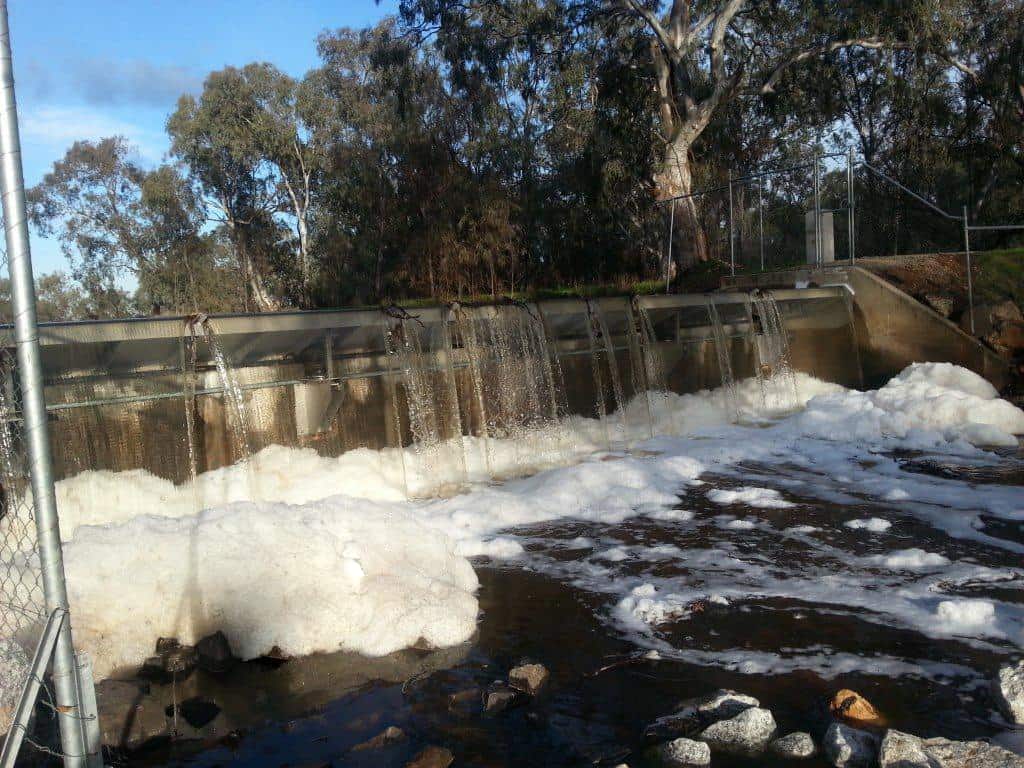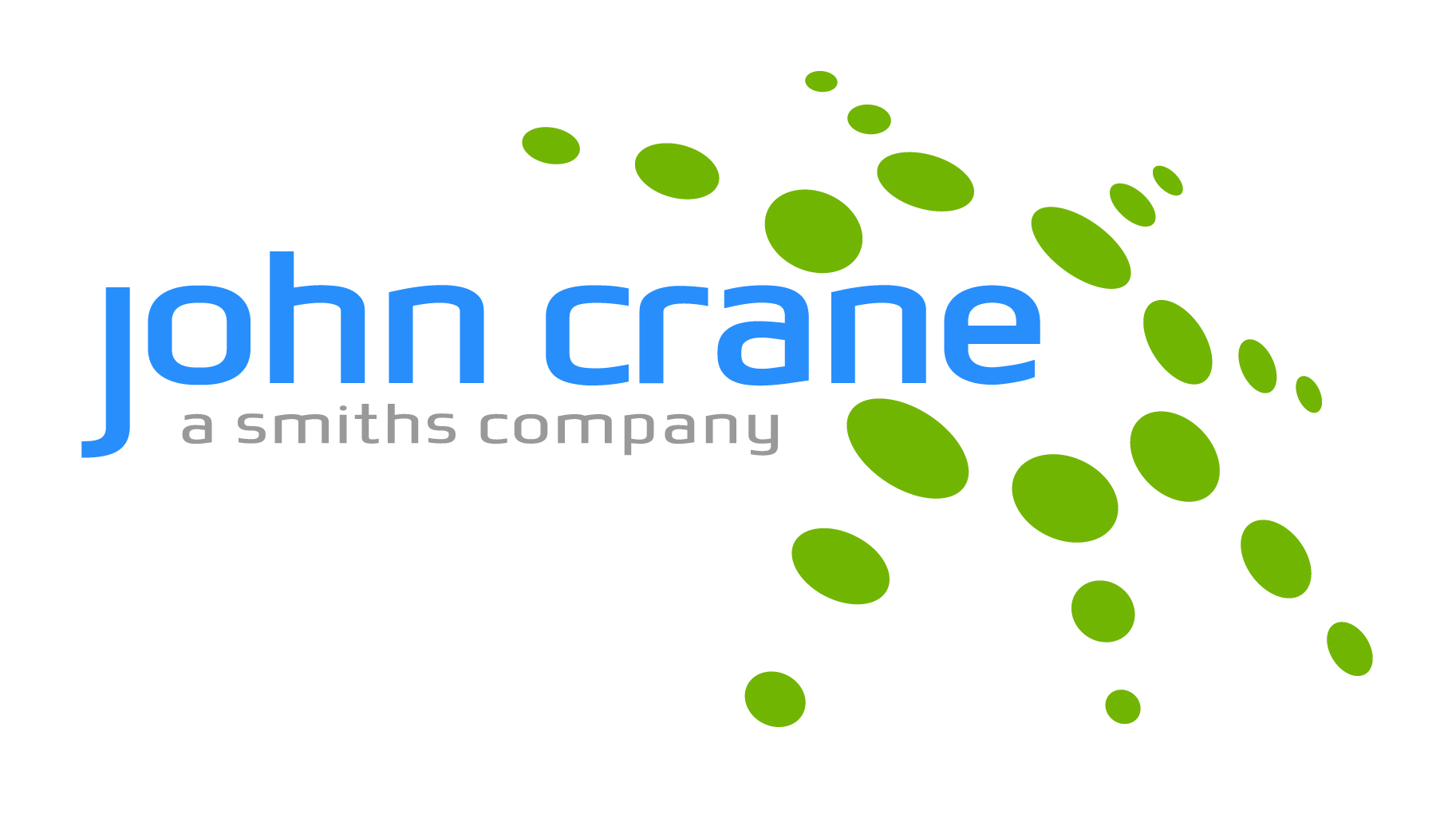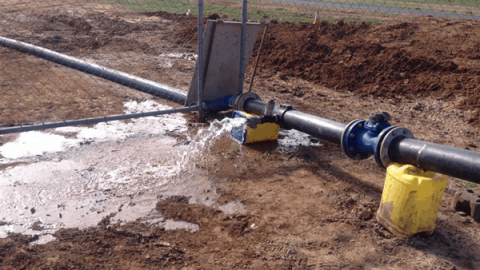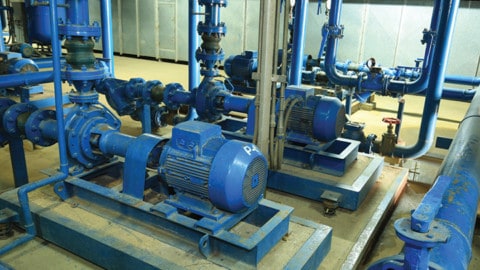An innovative weir refurbishment project in northern Victoria has taken out the Innovative Practice/Service Delivery Award at the 2014 Institute of Public Works Engineering Australia Awards, held recently in Melbourne.
The Quambatook Weir refurbishment project was completed in October 2013, and aimed to repair structural damage caused in a 2011 flood event.
Gannawarra Shire Council Mayor Neville Goulding said it is terrific to have this important project recognised.
“The refurbished weir is an important asset to the community, allowing the passage of unimpeded flow in the Avoca River retaining the maximum weir pool volume for community amenity and recreational use.”
The project was put out to tender by Gannawarra Shire Council and APCR McDonald Constructions P/L were selected as the successful contractor, working in conjunction with local water control company AWMA for the gate mechanism design.
“I must congratulate the AWMA team on their innovative design and manufacture of the weir gate. Their design utilised a pneumatic air operated water control gate system to lower the gate in a tilting lay flat design. The system is controlled from a panel on the bank and eliminates the manual handling gauge boards and the need to gain access to the wall structure,” said Cr Goulding.
Funding for the refurbishment was secured by Gannawarra Shire Council and the North Central Catchment Management Authority through the Natural Disaster Relief funding provided by the Department of Treasury and Finance.
About the project
During floods in 2011, the weir situated on the Avoca River directly downstream of the township of Quambatook was damaged by floodwaters and floating debris.
As a part of the flood recovery program, a reconstruction tender was placed to repair the existing weir, remove the damaged walkway and replace the wooden stop boards used to maintain an upstream weir pool.
The scope of the tender was to replace the existing manually inserted drop bar weir structure with a control gate that could be operated without having to walk onto the weir. Removing the need for a walkway resulted in a requirement for a clear 12m span weir crest, free of any obstructions that could be damaged by floating debris.
No power was available at the site and the project had a relatively low budget allocation given the design requirements at hand.
AWMA’s initial concept design submission was based around a continuous rubber water inflated bladder, which has been used by others to raise weir crests in the past.
However after performing a preliminary safety in design (SiD) review post tender award, the design life of the rubber bladder was found to be unreliable at best. Any failure of the bladder would be sudden and unpredictable, with the results of a failure being catastrophic to anything or anyone downstream of the weir.
Upon additional research, several such failures were found to have recently occurred in Australia, which effectively eliminated the bladder design as an option.
Following the SiD, it was concluded the gate should be constructed primarily from metallic components. It would also need to be held in place when raised, with an independent mechanical device.
Given that the design brief stated that no lifting equipment could be fitted above the gate crest, it called for a single 12m span. This ruled out a more traditional “Layflat” style weir gate design that AWMA has as a part of its standard design range; thus a new solution would have to be developed.
As the key requirement of the gate was to operate without lifting equipment mounted above the gate and upon reviewing the existing weir structure, it was determined the most feasible lifting mechanism would be to mount air springs along the base of a hinged gate leaf, and inflate air springs to raise the gate as required.
Given the issues seen with relying on a constantly charged airbag to maintain the gate height, AWMA introduced an arm at each spring location that would be locked in place when the gate was in the raised position that once in place, would transfer the hydrostatic load back into the mounting pedestal. This effectively made the air spring redundant, other than when the gate was required to be raised or lowered.
The added benefit of introducing the load bearing arm, was that it removed the requirement for a constant air supply on site. The gate could be operated simply with a common portable petrol air compressor.
As a result of the change in gate design, the hinge portion of the leaf needed to be mounted on the upstream side of the weir. This added in a further complication in that the overall height of the gate needed to be kept to a minimum, as it was now reducing the clear opening height of the weir structure when lowered.
To meet this requirement, 304 stainless steel was chosen as the best material to manufacture the gate leaf from, as it provided the required stiffness and strength to make the gate as shallow as possible.
The added benefit of choosing stainless steel was the design life would easily exceed 25 years.
A further key design consideration was ensuring an air pocket could not develop below the gate whilst discharging, which is avoided with vents being incorporated into the design. Additionally nape breakers were introduced to limit the risk of flow induced vibration given the potentially long unbroken crest.
The gate design was modelled in 3D CAD software, and finite element analysis was performed on the gate leaf and actuator system to confirm it complied to the relevant Australian standards when loaded with the most adverse conditions.
The air operated LayFlat gate leaf structure has been successfully launched and since operated to the gratification of all parties involved.

















